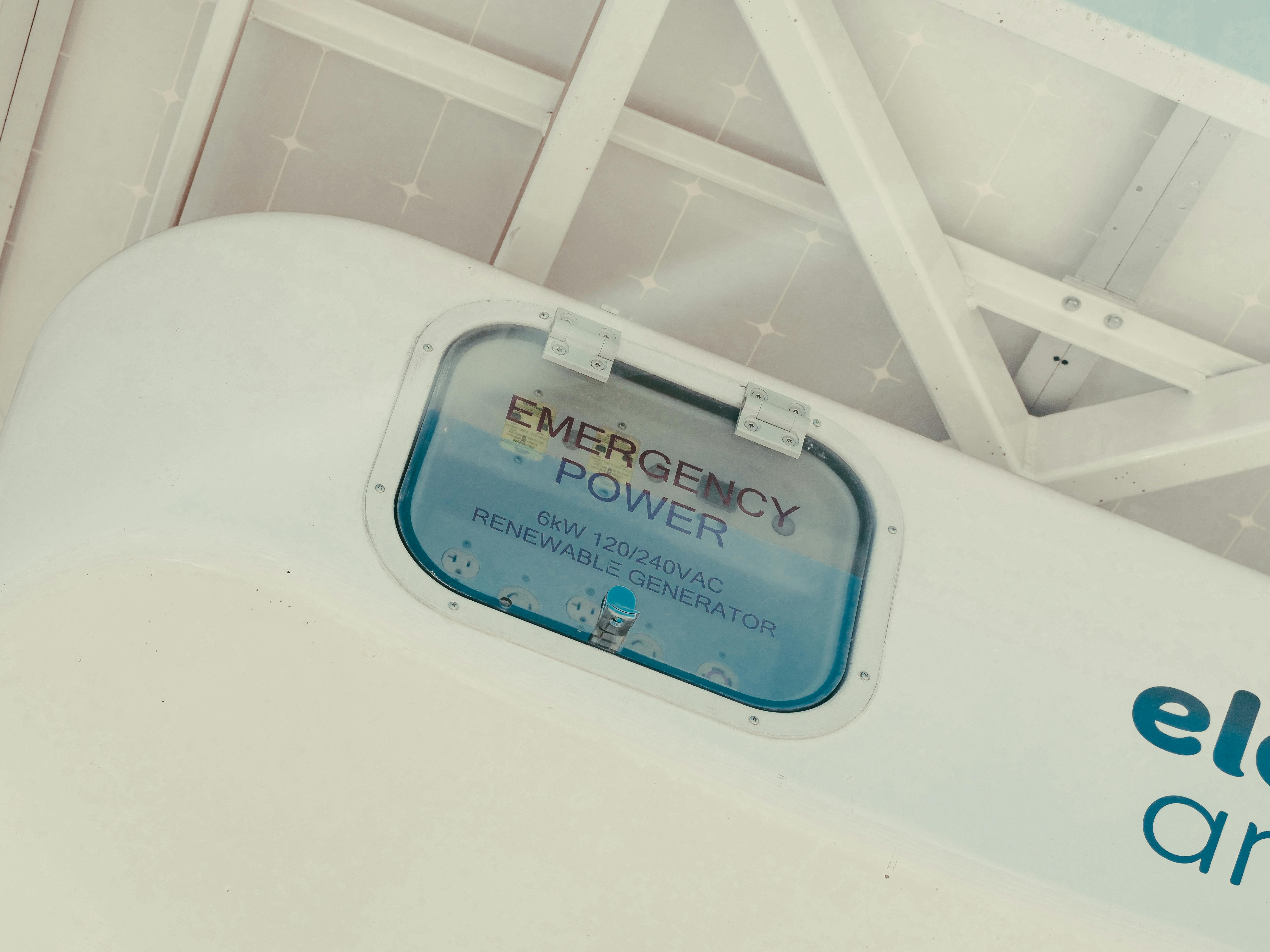Decoding the Potential of Terrestrial TV White Space: A New Age Telecom Infrastructure
Introduction: Imagine a world where internet connectivity is no longer a luxury, but a ubiquitous reality. How could this be achieved without traditional high-speed internet or cellular networks? The answer lies in an underexplored technology: the utilization of TV White Space (TVWS). By harnessing unused TV spectrum frequencies, we could revolutionize the way we connect to the digital world.

A Primer on TV White Space
TV White Space refers to the unused broadcasting frequencies in the wireless spectrum. Traditionally, these spaces were left vacant to prevent interference between channels. However, with advancements in technology, it is now possible to utilize these spaces for internet connectivity. This technology can transmit wireless signals over long distances and through obstacles like buildings or trees, making it a promising solution for areas where conventional connectivity methods are impractical.
The Advent of TVWS Technology: A Historical Context
The concept of using TVWS for connectivity emerged in the late 2000s. In 2008, the Federal Communications Commission (FCC) in the United States authorized the use of these unused frequencies for unlicensed broadband internet services, paving the way for the development of TVWS technology. Since then, nations around the world, including the United Kingdom, Canada, and Singapore, have also started exploring and implementing TVWS applications.
Current Trends in TVWS Adoption
TVWS technology is gaining momentum globally, with several countries conducting trials and implementing pilot projects. Moreover, regulatory changes are being enacted to facilitate the wider adoption of this technology. For instance, the FCC recently expanded the use of TVWS to increase broadband access in rural areas. Similarly, Ofcom, the UK’s communications regulator, is also promoting the use of TVWS.
TVWS Technology: Impact and Challenges
The impact of TVWS technology could be transformative, particularly for remote and underserved regions. With its long-range capabilities and ability to penetrate obstacles, TVWS can provide reliable connectivity in areas where traditional infrastructure is difficult to establish. However, several challenges need to be addressed, including the development of cost-effective devices, securing interference-free operation, and creating a globally harmonized regulatory framework.
Practical Applications of TVWS Technology
TVWS technology has a wide range of potential applications. It can be used to provide broadband connectivity in rural and remote areas, supporting the delivery of essential digital services like telemedicine and online education. Other applications include smart agriculture, where TVWS can be used to connect sensors and devices in large farms, and emergency communication, where it can provide a resilient network in disaster situations.
In conclusion, TVWS technology presents an exciting avenue in telecommunications, offering the potential to democratize internet connectivity. As regulatory landscapes evolve and technological challenges are overcome, TVWS could redefine our connectivity landscape, bringing us one step closer to a truly connected world.




